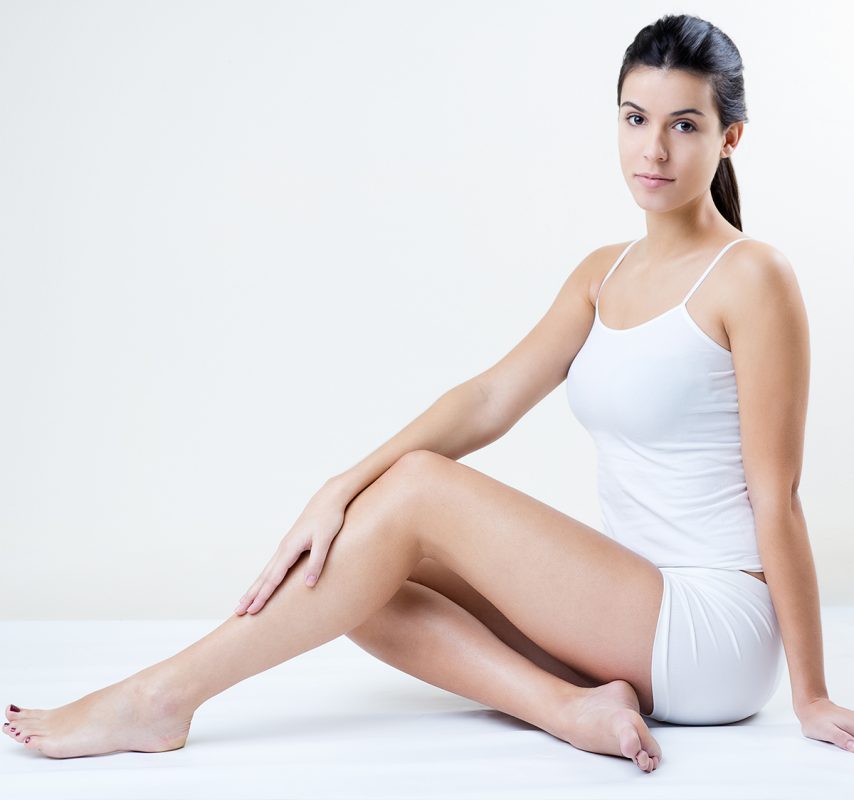Burn Scar Treatment and Degrees
Burns have many causes. Burns develop when the skin gets in touch with boiling liquids, caustic chemicals, extremely hot surfaces, direct fire, or exposure to cold for a long time. The severity of the burn can vary depending on the duration and the size of the contact. If there is prolonged contact with the burning element, the degree of burn also rises.
When the burn occurs, the area should be immediately cooled under cold tap water for at least half an hour, it should not be covered, and in case of severe burns, a physician should be consulted right away. One of the critical mistakes in burn treatments at home is to apply various substances to the burned area. Toothpaste, tomato paste, egg whites and similar things are among the most common causes of permanent scars on the skin.
How is the burn scar treated?
In the treatment of burn scars, Fractional and Thulium laser applications provide positive and effective results. If the burn scars are deep and cover the skin significantly, the laser will not have much effect. However, if the degree of burn is low and does not cover a large area and is covered with a thin skin, laser application largely contributes in reducing the scar.
How is Fractional laser applied in the treatment of burn scars?
Anesthetic cream is applied to the application area before the fractional laser. The application is done by peeling the upper layer of the burned area. After the peeling process, new tissue generation immediately begins. The aim is to create healthier and natural tissue instead of damaged tissues. By means of the new tissue generation, a certain level of improvement is provided on the skin. The procedure is repeated in all sessions. Depending on the condition of the scar, it may be necessary to practice 4-6 sessions at one-month intervals.
What are the other supportive treatment methods used in burn scars?
- Mesotherapy
- PRP
- Fat injection
- Stem cell injection
- Dermapen
- Radiofrequency
What kind of a result should be expected from burn scar treatment?
Healing varies according to the depth, width and area of the burn. In addition, the person’s age and genetic factors affect the result as well. As the treatment progresses, the swelling on the skin will decrease and the burn area will soften. In this process, the treated area must be kept hydrated and sun exposure should be avoided. Usually, side effects that may occur during the treatment period are temporary.

